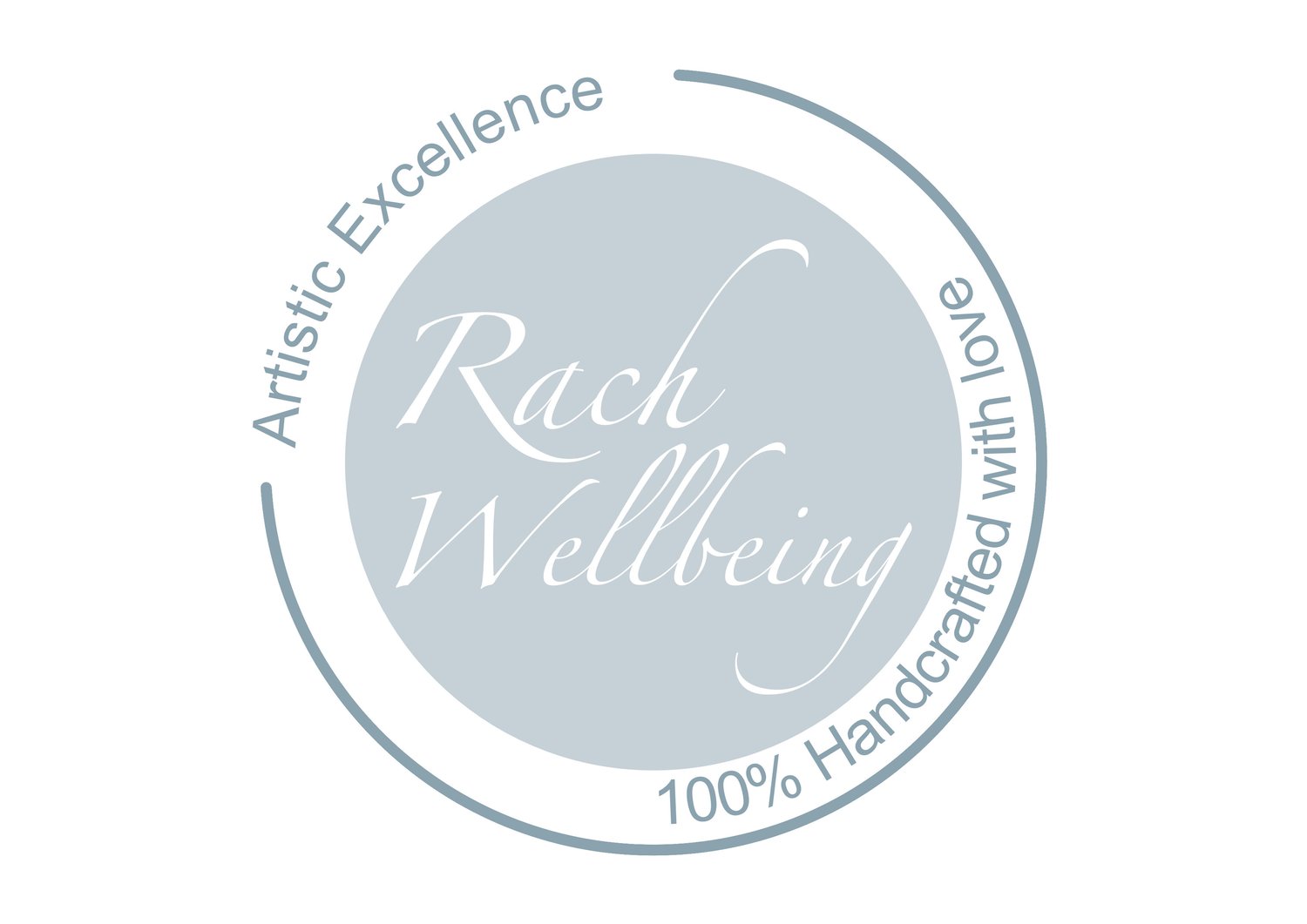Inclusion and Diversity in Art: Responsibility or Opportunity?
In recent conversations with artists, galleries, and museums, the topic of inclusion and diversity has stirred a mix of reactions. Some artists react defensively, seeing it as a burden or responsibility, while others view it as an exciting opportunity. This divergence highlights the complexities and personal dimensions involved in understanding and approaching these concepts within the art world.
The Dichotomy of Responsibility and Opportunity
When discussing inclusion, particularly for disabled individuals, many artists express concerns about the potential destructiveness and immense responsibility it entails. Conversely, some see it as a constructive chance to broaden their creative horizons. Similarly, institutions face the dilemma of whether their role is to merely comply with legal requirements or to actively innovate and inspire inclusivity from the initial concept stages of art creation.
Personal Experiences and Broader Implications
My passion for making art accessible stems from personal experiences. Having a best friend who was blind and navigating my own challenges with disabilities has profoundly shaped my perspective. Contemporary galleries often pose significant barriers in terms of engagement and understanding, leading to a feeling of disconnection. This personal journey has driven my dedication to creating inclusive art experiences, such as audio descriptions and other measures that make art accessible to a wider audience.
Diverse Perspectives in the Art Community
There is a significant variance in how artists and institutions perceive the need for inclusivity. While some artists fear it as restrictive, others embrace it as a chance for fun, exploration, and growth. This dichotomy reflects the broader tension between seeing inclusivity as an additional responsibility versus an enriching opportunity.
Many disabled artists, including myself, find that our disabilities challenge us to be heard and seen in new ways. For example, as a creative practitioner with ADHD, my unique perspective often diverges from the mainstream, emphasizing the importance of various ways of contributing
and communicating within the art world, along with the challenges of dyslexia and invisible disabilities, can make engaging and applying for gallery shows and grants challenging.
Institutional Responsibility and Personal Choice
Institutions undeniably have a legal obligation to promote inclusivity. However, the onus shouldn't be solely on them. Individual artists and creative practitioners also play a crucial role in making their work accessible and seen by all, as I see it, this is not a sole artist in their room, but the artist offering their creation to be seen by the world. The idea isn't just about compliance but about enriching the cultural landscape by making art more inclusive and interactive for diverse audiences.
Transformative Potential of Inclusivity
Inclusivity should be seen not as a responsibility but as an invitation to express and share creative insights more broadly. If we can speak and communicate in different languages, why not do so through our art? This doesn't necessarily mean learning new languages but rather tapping into existing knowledge and skills to make our work more accessible.
A Collaborative Approach
Art institutions and artists must work together to foster inclusivity. This collaboration can lead to richer, more diverse experiences that reflect a true cross-section of society. Instead of viewing inclusivity as an afterthought, incorporating it from the outset can transform the art world, making it more vibrant and engaging for everyone.
Conclusion
The debate over whether inclusivity in art is a responsibility or an opportunity will likely continue. However, by shifting the focus from responsibility to passion and opportunity, we can create a more inclusive and dynamic art world. This approach not only enriches the cultural experience but also ensures that art can be enjoyed by everyone, regardless of their abilities.
Inclusivity isn't just about following the law; it's about opening up new creative possibilities and reaching a broader audience, maybe even the social model. As artists and institutions, we have the power to transform
the art world into a more inclusive, diverse, and vibrant space. Let's seize this opportunity and work together to create art that touches and inspires everyone.
This discussion aims to highlight the compelling arguments and diverse perspectives surrounding inclusivity in the art world. It emphasizes the importance of seeing inclusivity not as a burden but as an opportunity for creative growth and broader engagement.
Resources and Further Reading
We Sit On The Same Bench. Poem by Rachael
UNLIMITED on Access Riders for Artists
SHAPE Arts on Access as a Creative Tool
